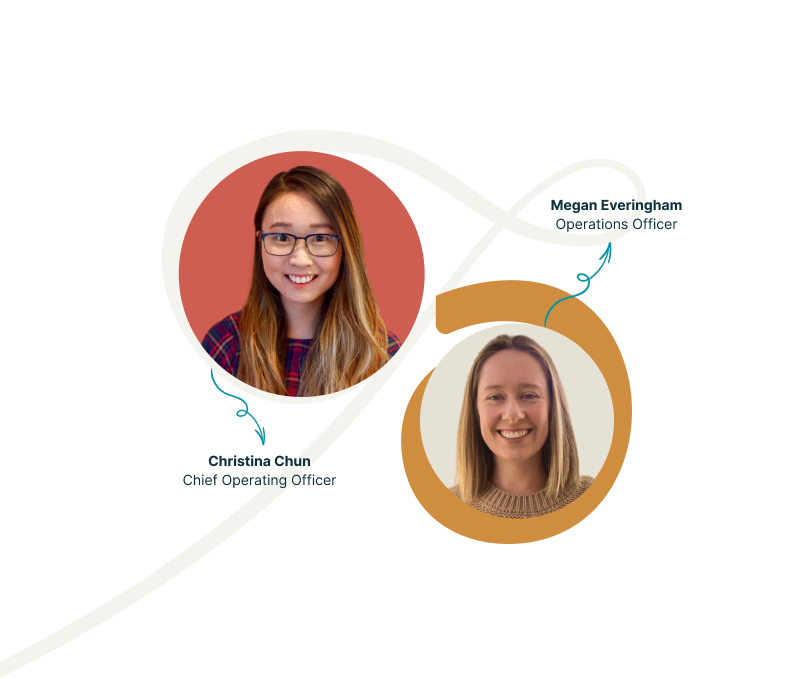.png)
‘Relationships’, The Australian Indigenous Governance Institute (AIGI)
This resource from the Australian Indigenous Governance Institute (AIGI) examines the significance of relationships in First Nations governance. It covers cultural, community, and environmental connections, balancing roles, building trust, and fostering effective partnerships. The guide also explores allyship, network expansion, and practical strategies for creating balanced, respectful collaborations within Indigenous communities and beyond.
View resourceSummary
This web resource from the Australian Indigenous Governance Institute (AIGI) explores different types of relationships in a First Nations context Key points include:
- Types of relationships: cultural (family, kin, traditional owners, elders), community, and wider environment relationships.
- The concept of "wearing many hats" - balancing multiple roles and responsibilities.
- Building healthy relationships: trust, respect, communication, understanding, and reciprocity are key ingredients.
- Using networks to improve ways of working: fostering solutions, flexibility, information sharing, and skill-building.
- Expanding and maintaining networks: strategies for growing connections and overcoming challenges.
- Working in partnership: benefits and risks of partnerships, creating balanced partnerships.
- Allyship: expectations for non-Indigenous allies and organisations working with Indigenous groups.
The resource emphasises the importance of relationships in Aboriginal and Torres Strait Islander governance, highlighting cultural values, networked approaches, and the need for balanced partnerships. It provides practical advice for building and maintaining effective relationships, both within Indigenous communities and with external partners.

We’d love to hear from you!
Reach out to one of our team members, and share input and ideas about how we can evolve Understorey.
Get in touch